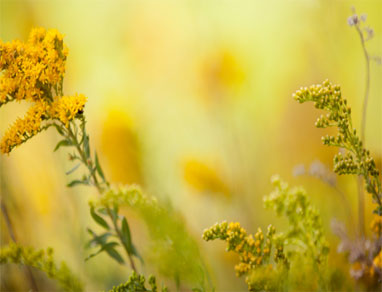Indoor Air Quality: Fighting Winter Allergies
Fall and Winter Allergies and how to Maintain Indoor Air Quality
Most people associate seasonal allergies with Springtime pollen from trees and grasses, but many experience worse allergy symptoms in the Fall. When leaves and the temperature drops at the same time, Fall allergies trigger symptoms similar to Spring allergy symptoms:
-
- – A runny nose and head congestion
- – Itchy or watery eyes
- – Wheezing or difficulty breathing
- – Sneezing and coughing
We also associate cooler weather with an increase in common colds; you might have mistaken your allergy symptoms for the onset of a pesky cold. A couple of key differences between allergy and cold symptoms may help you distinguish between the two.
-
- – A fever is quite common with a cold or flu but is not a symptom of allergies.
- – If your symptoms persist longer than 10 days, it is a strong indication of allergy symptoms instead of a cold. Cold symptoms generally persist for 7 to 10 days.
With Fall allergies and reduced Indoor Air Quality, you may also experience:
-
- – Severe congestion and a sore throat, as allergens irritate the linings of your nasal cavities and the back of your throat.
- – Headache, also caused by the inflammation of nasal passages.
- – Difficulty sleeping, as the inflamed sinuses swell and make breathing difficult. The lack of sleep may leave you exhausted, with less energy.
Indoor Air Quality: Fall Allergy Triggers
If you suspect Fall allergies instead of a cold, it is helpful to understand Fall triggers. As you might suspect, pollen from regional wildflowers that bloom in the Fall are a chief source of allergens. Some of the most common culprits include:
-
- – Ragweed/Golden Rod
- – Tumbleweed
- – Sagebrush
- – Lamb’s quarter
- – Pigweed
Some wildflowers may bloom until temperatures drop to freezing or shorter days causes the plants to become dormant for the winter.
Another common allergen prevalent during the Fall is mold spores. Mold is a fungus essential to our ecosystem, since it breaks down organic matter, such as leaves, and reintroduces their chemicals into the environment, and can reduce Indoor Air Quality. Mold reproduces by releasing microscopic spores into the air, and spores can persist all Winter. Consider a pile of wet leaves along the tree line:
-
- – While the leaves are wet and the weather is warm, mold reproduces and creates spores.
- – Blustery, winding days will release the spores into the air.
- – Raking the leave will also release spores.
- – Every warm day will encourage mold growth and reproduction on wet surfaces.
Mold spores may be present throughout the Fall and Winter in South Texas.
The Keys to Maximizing Fall Indoor Air Quality—Clean, Clean, Clean
Pollen and mold spores will enter your home every time you open the door; they will also hitch a ride on anything you bring into the house, including your clothes, shoes, and skin.
Clean Your Home Regularly. During the heating season, we seal our homes up like a drum, trapping allergens inside with us. If you suffer from seasonal allergies:
-
- – Vacuum carpets more frequently, dust surfaces, and mop floors.
- – Bath pets frequently, weekly if possible to wash away dander and allergens trapped in their fur.
- – Wash your clothes often, taking note of coats, gloves, and hats you might wear outside.
Clean your HVAC system:
-
- – Your furnace air filter is an essential barrier to recirculating airborne particles throughout the house. The filter should be changed at least every three months.
- – Schedule annual preventative maintenance and cleaning of your furnace and air conditioner. An All Cool technician can remove dust from the interior portions of your HVAC system.
Need help with improving your Indoor Air Quality?
Let us know how we can help with improving your Indoor Air Quality, call AllCool AC & Heating at 281-238-9292 or contact us via email.
